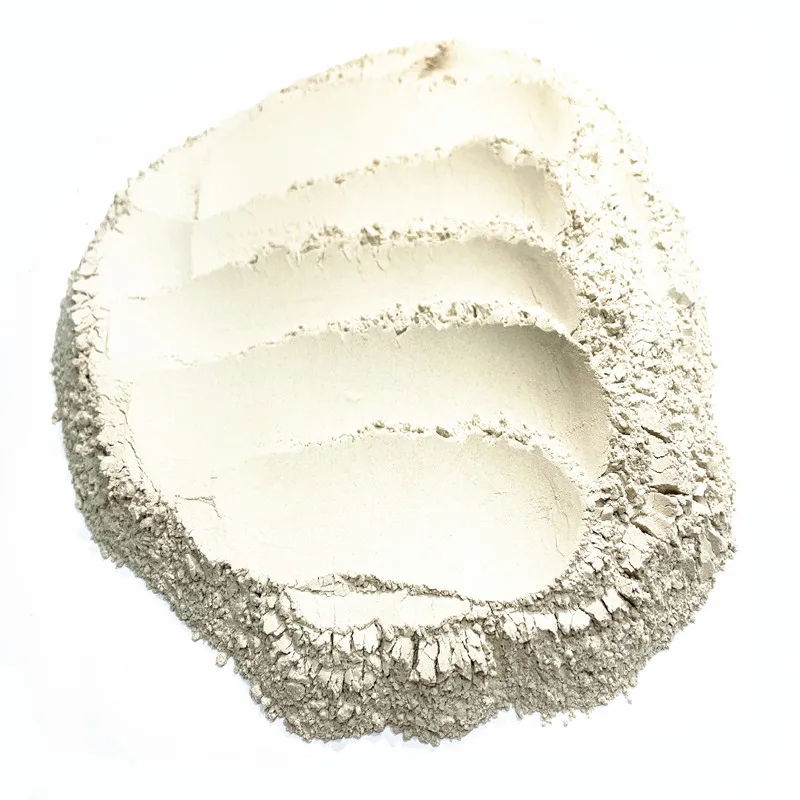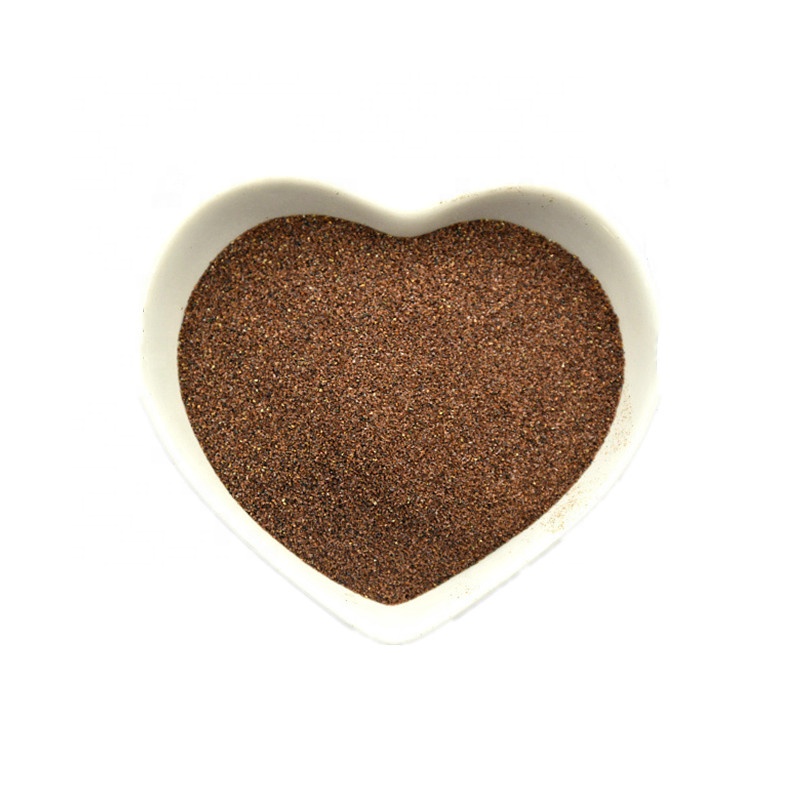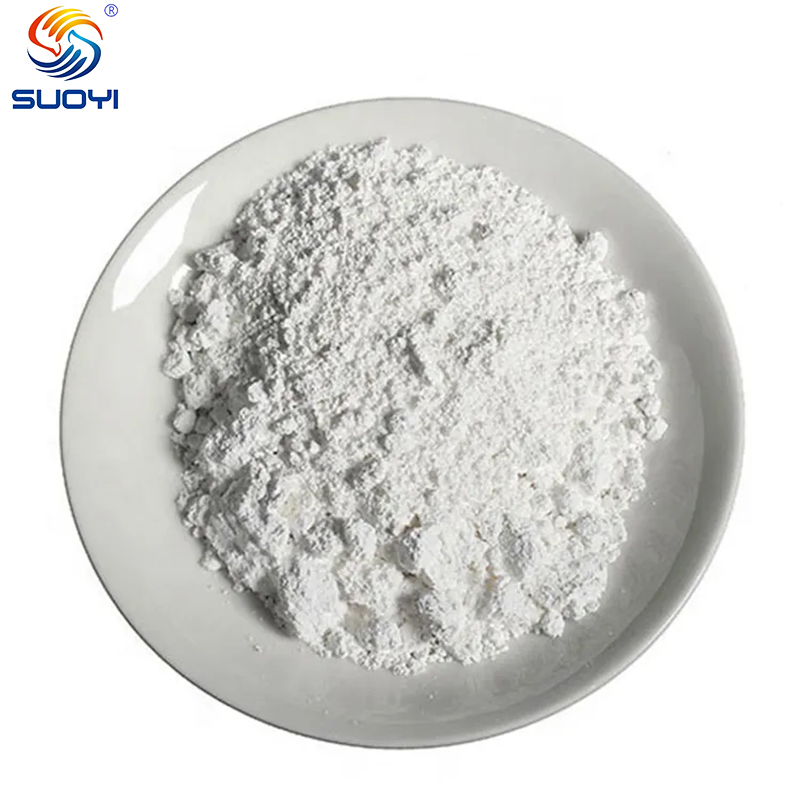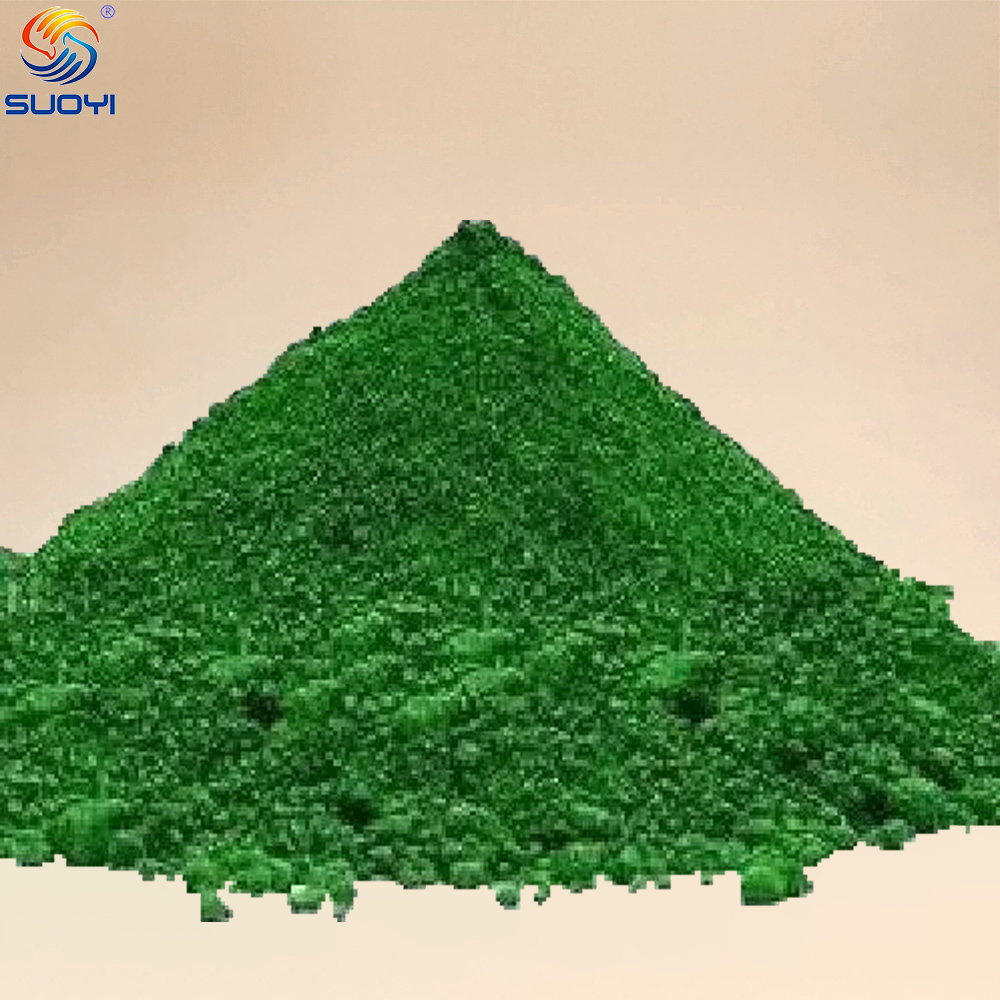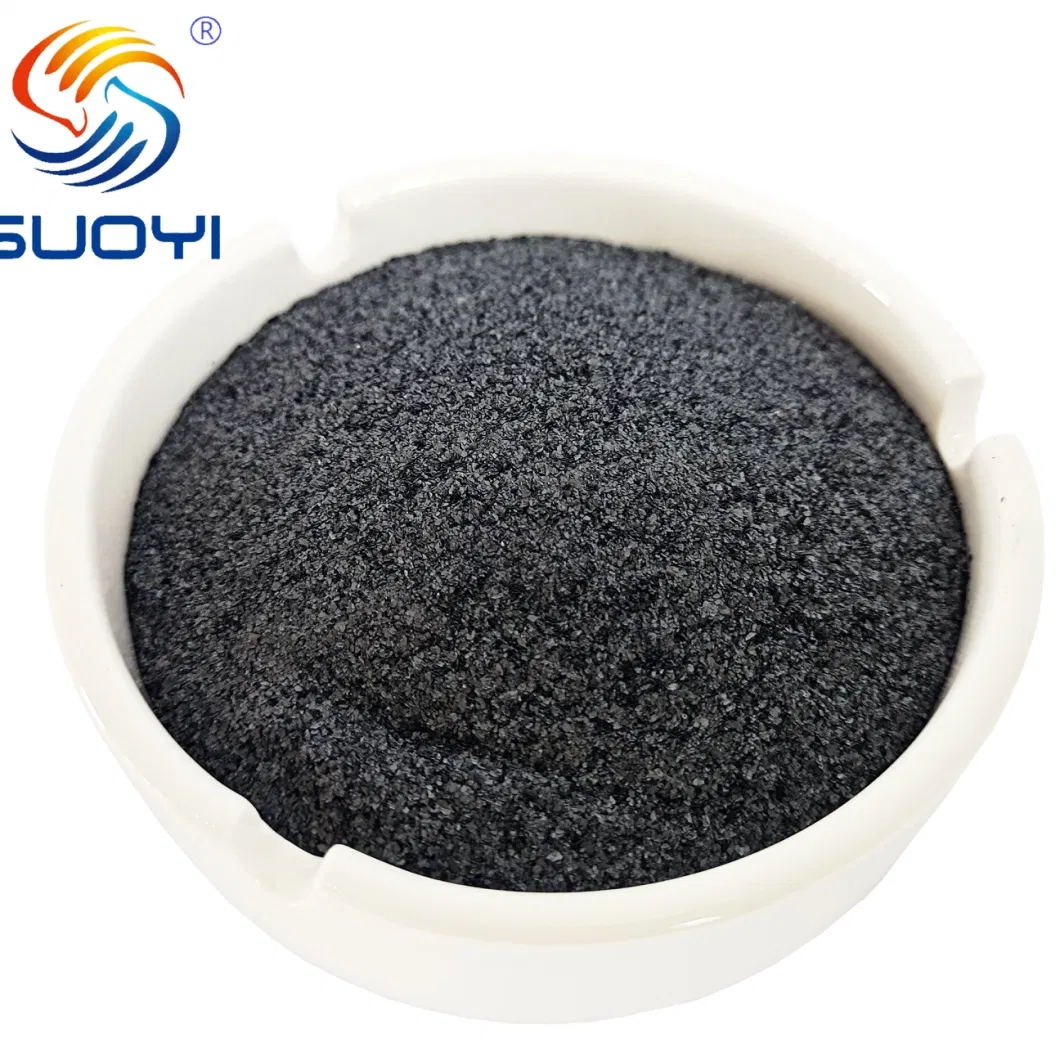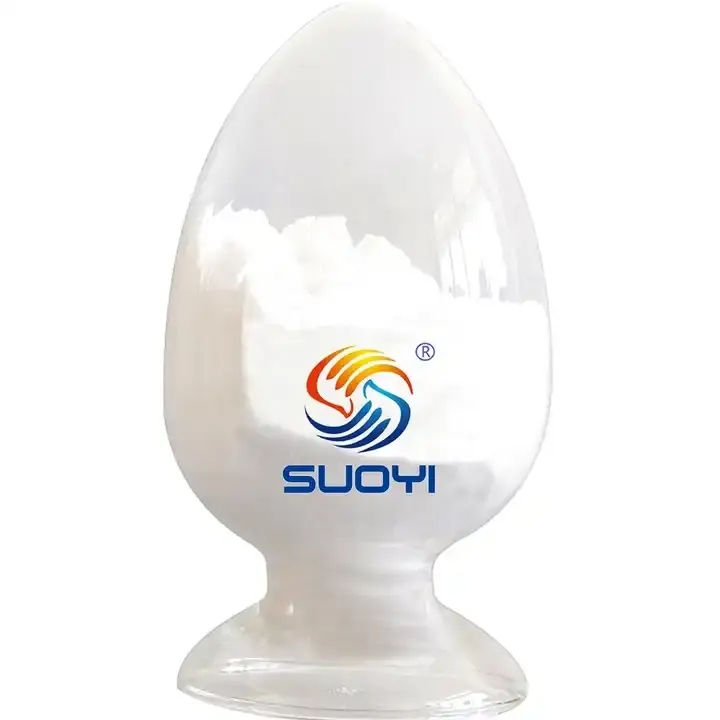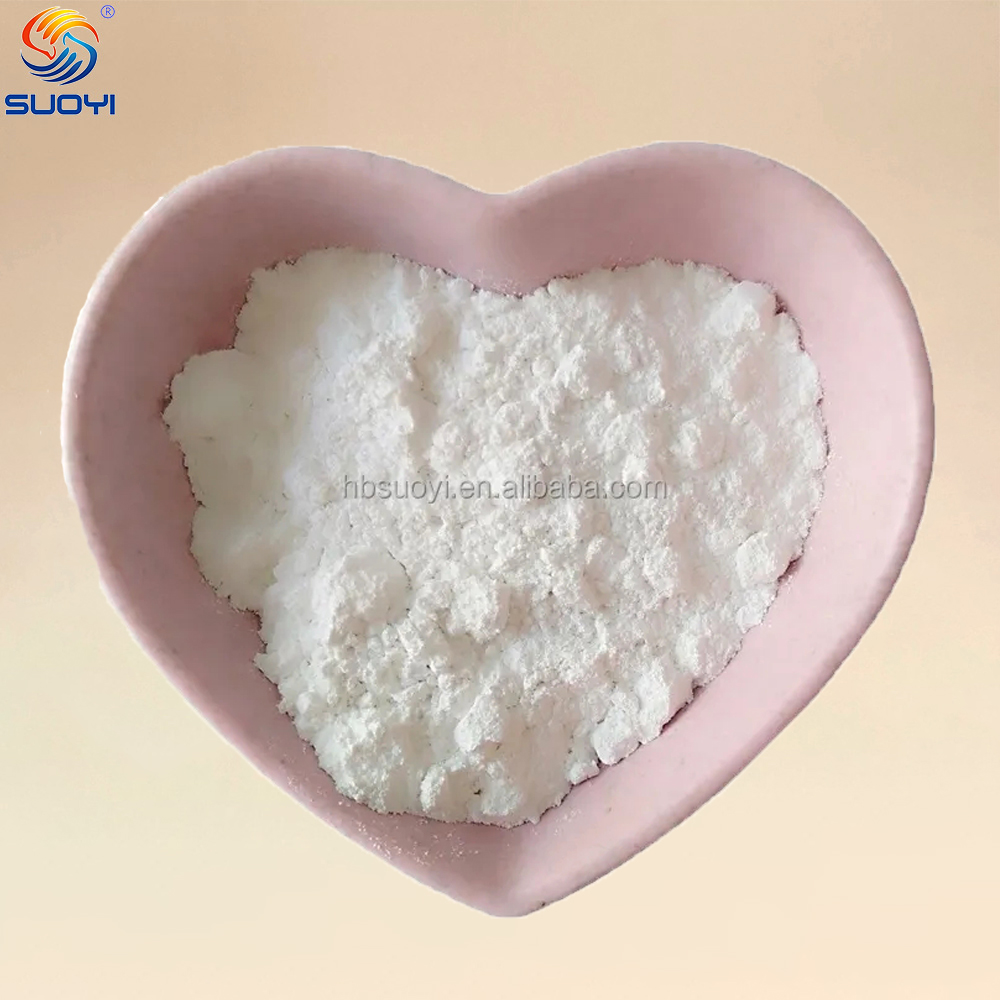- Product
- Industrial Zirconia
- Rare Earth Products
- Alumina
- Carbide
- Nitride
- Ceramic Products
- Graphite Products
- Nano Materials
- Spherical Spray Material
- High Purity Metal Powder
- Hot Selling Advanced Materials
01
SUOYI Sintering Spherical Yttria Stabilized Zirconia Yttrium Zirconium Dioxide White Powder 8y for SOFC
|
item |
value |
|
Classification |
yttrium stabilized zirconia |
|
CAS No. |
114168-16-0 |
|
Other Names |
ysz powder |
|
MF |
ysz |
|
EINECS No. |
215-227-2 |
|
Place of Origin |
China Hebei |
|
Grade Standard |
Industrial Grade, Medicine Grade |
|
Purity |
94% |
|
Appearance |
White Powder |
|
Application |
dental blocks,dental discs,dental ceramic |
|
Brand Name |
Suoyi |
|
Model Number |
3YB-P |
|
Brand Name |
Suoyi |
|
Model Number |
sy-BE1 |
|
MOQ |
1 KG |
|
Purity |
94% |
|
MELTING POINT |
2700 ℃ |
|
BOILING POINT |
4300 ℃ |
|
Color |
white |
|
Grade Standard |
Medicine Grade |
|
Shape |
Granulation Powder |
|
Packing |
25kg/drum |
Raw materials for metallic zirconium and its compounds
Used for making metallic zirconium and zirconium compounds, making refractory bricks and crucibles, high-frequency ceramics, abrasive materials, ceramic pigments and zirconates, etc. Mainly used for piezoelectric ceramic products, daily ceramics, refractory materials and precious metal smelting. Zirconium bricks, zirconium tubes, crucibles, etc. Also used in the production of steel and non-ferrous metals, optical glass and zirconium dioxide fibers. Also used in ceramic pigments, electrostatic coatings and baking varnishes. Used in epoxy resins to increase resistance to corrosion by hot salt water.
Refractory materials
Zirconia fiber is a polycrystalline refractory fiber material. Due to the high melting point, non-oxidation and other high-temperature properties of the ZrO2 material itself, ZrO2 fiber has a higher service temperature than other refractory fiber varieties such as alumina fiber, mullite fiber, aluminum silicate fiber and so on. Zirconia fiber has been used for a long time in an ultra-high temperature oxidizing atmosphere above 1500 ℃. The maximum operating temperature is as high as 2200 ℃. It can still maintain the complete fiber shape even at 2500 ℃. It has stable high-temperature chemical properties, corrosion resistance, oxidation resistance, thermal shock resistance, Non-volatile and pollution-free, it is currently the most advanced refractory fiber material in the world. The acid and alkali corrosion resistance of ZrO2 is much stronger than that of SiO2 and Al2O3. Insoluble in water, soluble in sulfuric acid and hydrofluoric acid; slightly soluble in hydrochloric acid and nitric acid. It can fuse with alkali to form zirconate.
gas turbine
The application of plasma sprayed zirconium dioxide thermal barrier coatings on aviation and industrial gas turbines has made great progress, and has been used in the turbine part of gas turbines to a certain extent. Since this coating can reduce the temperature of air-cooled high-temperature components by 50~200°C, it can significantly improve the durability of high-temperature components, or allow the gas temperature to be increased or the amount of cooling gas required to be reduced while maintaining the temperature of the high-temperature components. changes, thus improving the efficiency of the engine.
Ceramic material
Because of its large refractive index, high melting point and strong corrosion resistance, zirconia is used as a raw material in the kiln industry. Piezoelectric ceramic products include filters, speakers, ultrasonic underwater sound detectors, etc. There are also daily ceramics (industrial ceramic glazes), zirconium bricks and zirconium tubes for precious metal smelting, etc. Nanoscale zirconia can also be used as a matrix material for polishing agents, abrasive grains, piezoelectric ceramics, precision ceramics, ceramic glazes and high-temperature pigments.
other
In addition, zirconia can be used in the manufacture of incandescent gas lampshades, enamel, white glass, refractory crucibles, etc. X-ray photography. Abrasive materials. Together with yttrium, it is used to manufacture light source lamps in infrared spectrometers, thick film circuit capacitor materials, and piezoelectric crystal transducer formulas.
Solid Oxide Fuel Cell (SOFC) is a third-generation fuel cell. It is an all-solid-state device that directly converts chemical energy stored in fuel and oxidant into electrical energy efficiently and environmentally friendly at medium and high temperatures. Chemical power generation device. It is generally considered to be a fuel cell that will be as widely used as the proton exchange membrane fuel cell (PEMFC) in the future.
There are two components in the SOFC system, namely the anode and the electrolyte, both of which are Yttria Stabilized Zirconia (YSZ).
1. Yttrium-stabilized nano-zirconia used as anode in SOFC system
The SOFC reaction includes the contact of three substances: fuel or oxygen (usually air), electrolyte (solid or liquid) and electrode. Three-phase contact is one of the key technologies in fuel cell design. The key technology of SOFC is reflected in the materials of battery components In terms of selection, the anode support in the SOFC system uses Y2O3 with a molar fraction of 8% doped in zirconia ceramics (thickness 1mm), and the anode functional layer is a NiO+YSZ film with a thickness of 10 to 20μm. Special yttrium-stabilized nano-zirconia for batteries is the application Ideal material for solid oxide fuel cells.
2. Yttrium-stabilized nano-zirconia used as electrolyte in SOFC system
The commonly used material for SOFC electrolyte is zirconia, but the conductivity of pure zirconia is very low at 1000°C, 10-7S·cm-1, which is close to an insulating material. The conductivity of oxygen ions is very poor, and doping is generally used. Improve its conductivity, so yttria-doped zirconia is used to improve its conductivity. Yttrium-stabilized nano-zirconia has good resistance to oxidation and reduction, is cheap and easy to obtain, and has sufficiently high oxygen ion conductivity at high temperatures, good chemical stability and mechanical properties, so it is used to prepare electrolyte films for SOFCs.
There are two aspects that affect the performance of yttrium-stabilized zirconia (YSZ) in high-temperature fuel cell systems: impurity content and particle size. Because ultra-fine powder has a huge surface area, the sintering driving force of the material increases sharply, the diffusion rate also increases, and the diffusion path shortening, thereby significantly speeding up the sintering process and lowering the sintering temperature, which is beneficial to the preparation of later components. And because the electrolyte plays the role of a physical isolation layer in the fuel cell, it needs to form a dense structure, which also requires the powder to be small in size and uniform in particle size. Yttrium-stabilized nano-zirconia particle size is 50-80nm, with fine nanoparticle size, uniform particle size distribution, no hard agglomeration and good sphericity. The conductive properties of doped different elements are widely used in the production of solid oxide fuel cells.
01
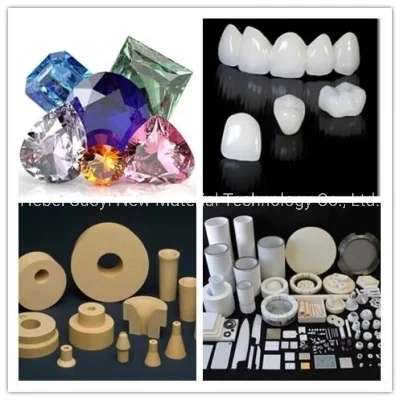

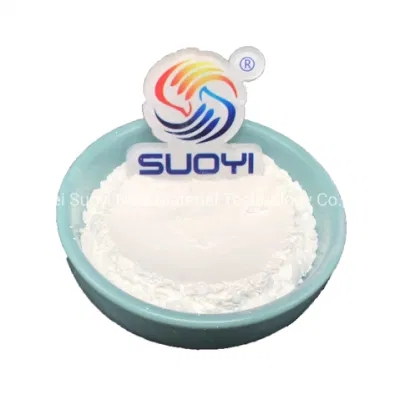






 Mr. Perry Wu International Sales Director
Mr. Perry Wu International Sales Director
